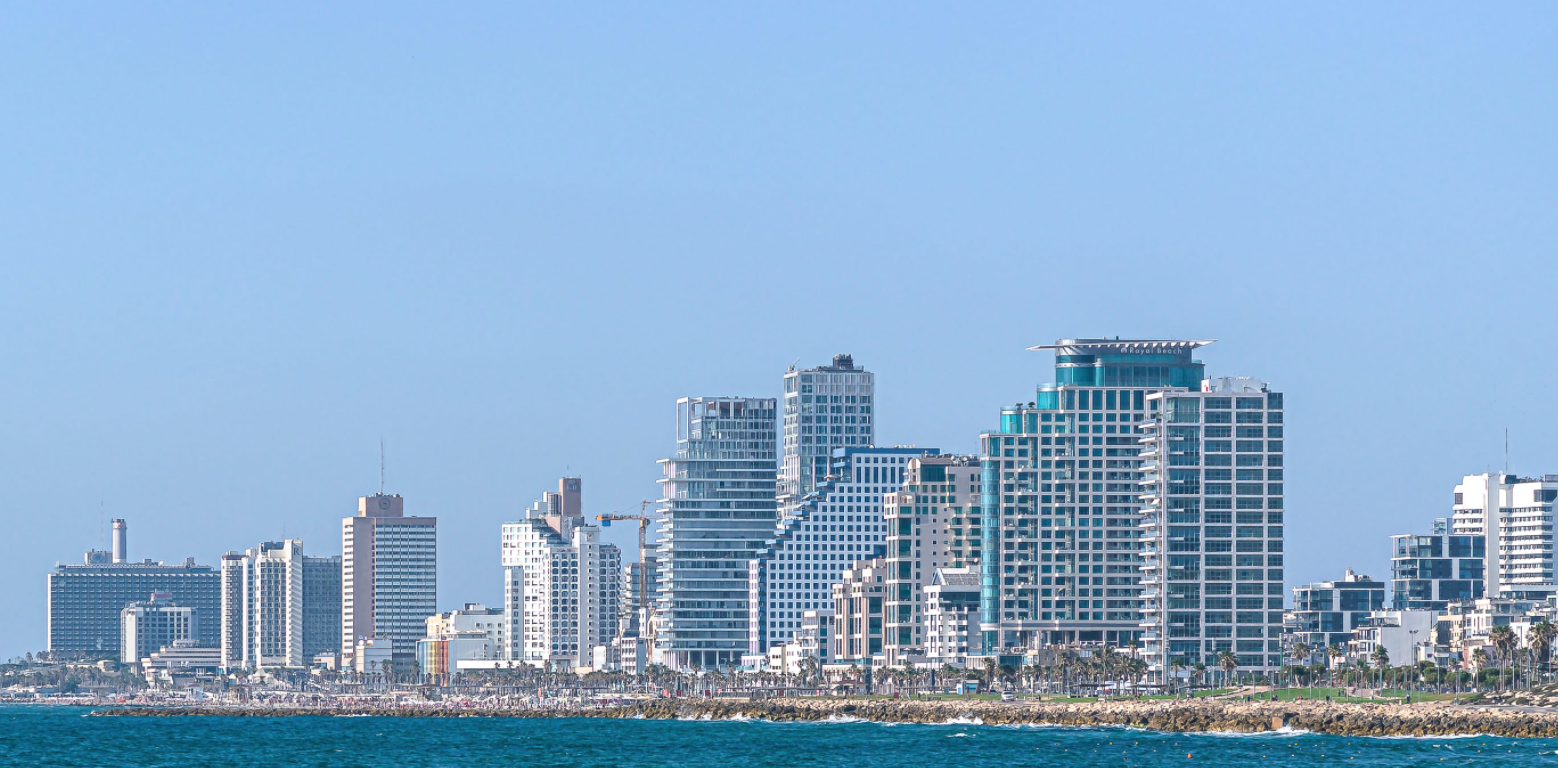Despite the severe recession in the last quarter of 2023 (-19% of GDP), full-year growth remained positive in 2023 (+1.8%). In 2024, Israel should avoid recession (between +0.2 and +2.2% growth forecast but this will depend on the scale and duration of the war as well as the domestic political atmosphere. Construction ( 10% of GDP) remains the main black spot and, with it, other medium-long term consequences are sources of concern (FDI, budgetary impacts).
The war, in its first phase, is not expected to have a major impact on the country’s economic fundamentals.
Public debt should be contained below 70% of GDP this year while the shekel has returned to its level prior to the high-tech bubble of the last three years. The budget deficit, however, widened in 2023 (-4.2% of GDP) and will worsen in 2024 (around -7.5% expected) but this trend was already at work before the conflict.
The impact of the war on inflation is quite weak at this stage, despite an increase in the cost of fresh produce, logistics and insurance. The Bank of Israel managed to lower its key rate to 4.50% in January, inflation fell below 3% year-on-year. Gas exports to Jordan and especially Egypt are once again at their maximum potential.
The main concern remains the lack of labor which affects the construction sector and agriculture (which represents only 1% of GDP but constitutes a sector that is both strategic and emblematic). The suspension of Palestinian work permits appears to be lasting. Before the war, there were 100,000 valid permits for Palestinian workers coming to work in Israel, to which were added 80 to 100,000 “illegals”. Today only 24,000 permits are recognized, including 16,000 for colonies. The number of “illegals” could be 20,000. Replacement by new workers from distant countries is only expected to intensify in the second half of 2024. As before the war, Israel’s economy is operating at full employment with an unemployment rate of around 3%.
High technology, with 18% of GDP and 55% of exports (goods and services) seems marginally affected.
The sector is hardly subject to boycotts and its exports rarely depend on logistics chains. Finally, the arms industry, the second engine of the economy (12 billion USD in exports in 2022), is flourishing.
In the longer term, however, the outlook is mixed for the Israeli economy.
Certain political choices could prove costly in the long term. Securing road infrastructure in zones B and C of the West Bank absorbs a large part of the transport budget. The government has strengthened funding for ultra-Orthodox schools and yeshivas and the debate on the conscription of Ultra-Orthodox (13% of the population) amplifies a societal divide.
The suspension of Palestinian work permits is an important issue and the shutdown of 50% of construction sites could have consequences on the already very high real estate prices.
The confidence of foreign investors has been damaged by judicial reform, seen as a challenge to the rule of law. FDI is still enviable, particularly in Tech, but in four years it has increased from 25-30 billion USD per year to 16 billion USD in 2023. This justice reform project highlights a divide within society. The rating agencies did not fail to note this; they downgraded Israel’s outlook to negative even though Israel’s rating remains very good (A2 for Moody’s, A+ for Fitch and A+ for S&P, which has just downgraded its rating). On domestic investment, the war also slowed down decision-making and suspended certain projects.
Finally, the national defense effort is expected to increase in the coming months and years.
Generally speaking, Israel’s defense effort was normalizing compared to other OECD countries. It was 4.5% of GDP before October 7, supported by American aid of USD 3.8 billion per year voted on a ten-year basis. It is expected to increase to at least 5.5% of national wealth.
This is 1 point of additional GDP which will have to be devoted to it at the very moment when the State will have to face an increase in the dependency rate of the elderly – currently from 25% it should rise to 32% in 25 years – and to growth in infrastructure needs (at least 1 to 2 points of GDP per year according to central bank estimates in 2021).
Source: French Embassy in Israel








Réagissez à cet article